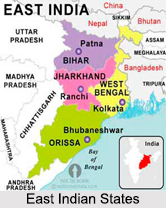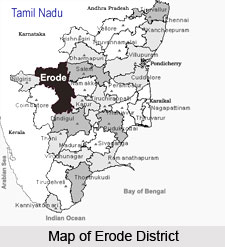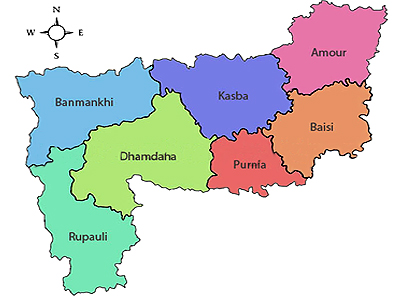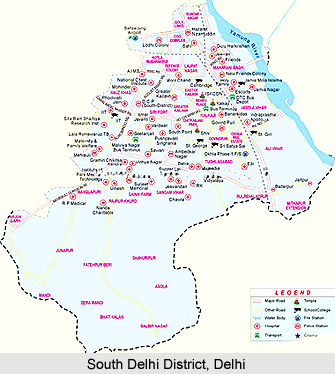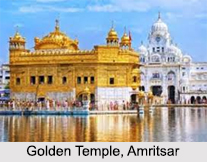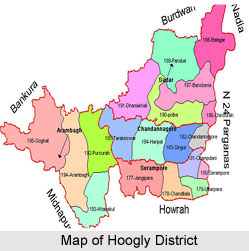 History of Birbhum District goes back a long way, almost as far back as the 5th century B.C. At the dawn of history, a part of the district (as it now exists) appears to have been included in the tract of the country known as "Rarh", and the part was included in the tract called "Vajjabhumi." It is traditionally held by the followers of Jainism that Lord Mahavira, their last great Tirthankara, wandered through these two tracts in the 5th Century B.C. The description of the same indicates that the eastern part of the district, well-watered by rivers and consisting primarily of alluvial soil formed part of the Rarh, while the wilder and more rugged country to the west was aptly known as Vajjabhumi, i.e., the country of Thunderbolt.
History of Birbhum District goes back a long way, almost as far back as the 5th century B.C. At the dawn of history, a part of the district (as it now exists) appears to have been included in the tract of the country known as "Rarh", and the part was included in the tract called "Vajjabhumi." It is traditionally held by the followers of Jainism that Lord Mahavira, their last great Tirthankara, wandered through these two tracts in the 5th Century B.C. The description of the same indicates that the eastern part of the district, well-watered by rivers and consisting primarily of alluvial soil formed part of the Rarh, while the wilder and more rugged country to the west was aptly known as Vajjabhumi, i.e., the country of Thunderbolt.
Rarh formed a part of the territory ruled over by the Mauryan Emperors, and was subsequently included in the Gupta Empire in India, of Sasanka and of Harshavardhana. After dismemberment of Harsha`s Empire, it was included in the kingdom of the Pala dynasty and formed a part of it until the middle of the 12th Century A.D. when the overlordship passed to the kings of the Sena dynasty.
The district came under Muslim rule if the 13th century A.D. According to some authorities, Lakhanor (or Lakhnur), an important frontier post of Musalman territory, lay within its limits. After this, for many centuries the controls of the Mohammedans over the Western part of the district appears to have been merely nominal, and the country was left under the rule of Hindu chiefs, called Bir Rajas.
After the cession of the Diwani to the British East India Company in 1765, Birbhum was administered from Murshidabad until 1787. In that year in consequence of the unsettled state of the country, which required a separate administration, it was constituted as a district with Vishnupur (i.e. eastern portion of Bankura district), and this arrangement continued till 1793, when Vishnupur was transferred to the Burdwan Collectorate. In 1809, the collectorship of Birbhum was abolished, and the district was again administered from Murshidabad, an Assistant Collector remaining in charge at Suri. In 1820, Birbhum was reconstituted as a separate district and restored to its former area, with the exception of a few estates which were transferred to the Jungle Mahals. After the Santhal rebellion, the upland tracts on the West, which had been a rallying point of the rebels, were transferred to the newly constituted district of Santhal Paraganas and in this way four paraganas and a part of the fifth were detached from Birbhum, viz., Sarath Deoghar, Pabbia, Kundahit Karaya, Muhmmadabad and part of Darin Mauleswar. In 1872 the district consisted of the following thanas (1) Suri, (2) Rajnagar, (3) Dubrajpur, (4) Kasba (now Bolpur), (5) Sakulipur, (6) Labpur, (7) Barwan, (8) Mayureswar with a total area of 1,344 square miles. In 1879 Barwan with an area of 108 sq. miles was transferred to Murshidabad, while the thanas of Rampurhat and Nalhati (including the present thana of Murarai) were transferred from Lalgunj subdivision of that district to Birbhum.
This is a brief account of the history of Birbhum district right from the time of kings and empires till its modern day formation as a separate district in the state of West Bengal.
